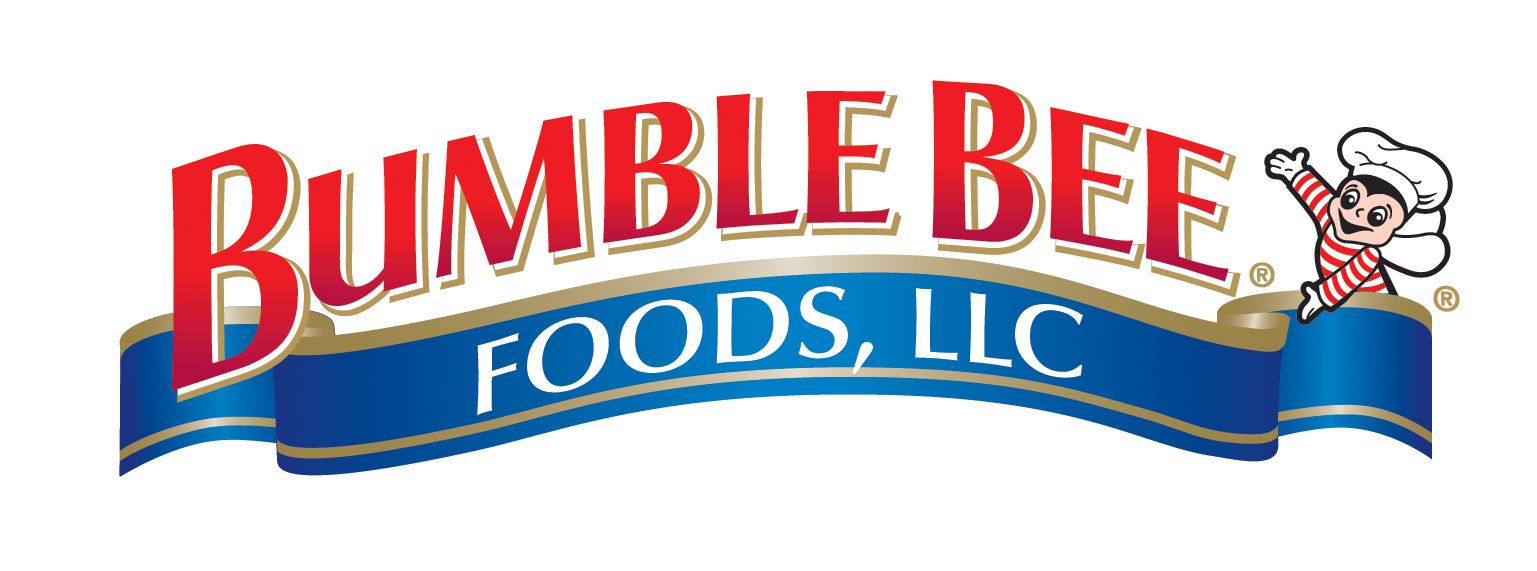
Where did that fish on your plate come from? How can we be sure our fish is sustainably sourced? Blockchain is revolutionizing the fishing industry, improving both transparency and traceability.
We look at how America’s biggest seafood processor, Bumble Bee Foods, aims to put all records of its fish on blockchain.
What is blockchain?
Blockchain is a type of digital ledger that can be used to record any type of transaction. Entries are distributed, verifiable, decentralized, and irreversible. It is essentially a shared database. Everyone on the network can observe and verify the ledger, but no one can alter it or make deletions.

Blockchain is used in the tuna fishing industry to combat illegal fishing and facilitate traceability. It is a significant development for global fisheries. In practical terms, blockchain enables Bumble Bee Foods customers to enter a code from the side of the can at the company’s website, and find out exactly what they are buying and where it was captured.
Why is traceability important?
First of all, the customer wants to know that they are getting exactly what it says on the label. US labelling legislation protects consumers, ensuring that any seafood that enters the US market is clearly and accurately labelled, and that buying seafood is easy and safe for consumers.
Traceability is vital to maintaining sustainable industry standards, particularly in tuna fishing. Worldwide tuna stocks suffered massive decline in the 1970s due to overfishing. A report by the International Seafood Sustainability Foundation (ISSF) indicated that 86 percent of the global tuna catch for 2016 came from species at healthy stock levels. Nevertheless, the fact remains that overfishing continues to jeopardize the future of some tuna species.
According to the ISSF report, 57 percent of tuna caught in 2016 was skipjack tuna, a fish considered to be at healthy stock levels. Next came yellowfin, again a fish at healthy levels of abundance in many areas, representing 30 percent of the catch. Nevertheless, the report indicated that, of tuna caught globally, 10 percent came from overfished stocks.
Bluefin tuna are considered critically endangered, declining in population by a staggering 98 percent since the 1950s. Tuna fisheries in the Philippines have been pushed to the brink of collapse, with both catches and individual fish getting smaller and smaller. Analysts predict that if fishing continues in the region at current rates, Asia-Pacific fish reserves will crash to zero by 2048.
How does traceability improve sustainability and address fraud?
The good news is, through reform of industry practices and standards, tuna fishing is sustainable. Implementing best practices not only protects fish stocks and marine habitats for future generations, but also the livelihoods of millions of people worldwide who rely on the fishing industry to make a living.
By setting quotas, regulating catches, and protecting threatened species and habitats, we can help endangered species back to healthy stock levels. But key to this concept is transparency and traceability, which is why blockchain is so important. Mislabeling and fraud are serious problems in the fishing industry. A report published by non-profit marine conservation organization, Oceana, indicated that approximately 20 percent of fish for sale in the US is incorrectly labelled.
More than 90 percent of seafood consumed in the United States today comes from overseas. Less than 1 percent is inspected for fraud. With more than 1,700 different seafood species on sale in the US, it is vital that labels are accurate, so that American consumers know what they are buying and consuming.
Oceana’s investigation was one of the largest on seafood fraud to date, collecting samples from over 674 retailers in 21 states. At one test location, the report revealed 100 percent of sushi samples featured inaccurate labelling. Accurate labelling is vital to maintaining industry standards and fishing sustainability. Bearing in mind the prevalence of food allergies today, seafood fraud potentially puts lives at risk.
How is Bumble Bee Foods improving traceability?
The company has pledged to implement blockchain to track yellowfin tuna, from capture to point of sale. In March 2019, San Diego-based Bumble Bee Foods conducted a pilot project aimed at obtaining and providing this information.

The company used Natural Blue by Anova, Bumble Bee’s fair trade, frozen tuna, sourced from small-scale fisheries operating in Indonesia. The 12-ounce ahi tuna steak bags featured QR codes. Customers could scan these codes to learn more about the product, including its place of capture, the catch size, and how it qualified as fair trade.
As Bumble Bee Food’s Chief Information Officer, Tony Costa explained, the company has strived to maintain traceability for some time. By leveraging blockchain technology, Bumble Bee can make it even more secure. He indicated that the move to blockchain may be just the beginning in terms of improving traceability in the tuna supply chain.
Costa announced that, starting in 2019, Bumble Bee will be migrating all of its product lines to blockchain systems. This will enable the company to provide shareable, tamper-resistant data to Bumble Bee consumers and the public at large.
